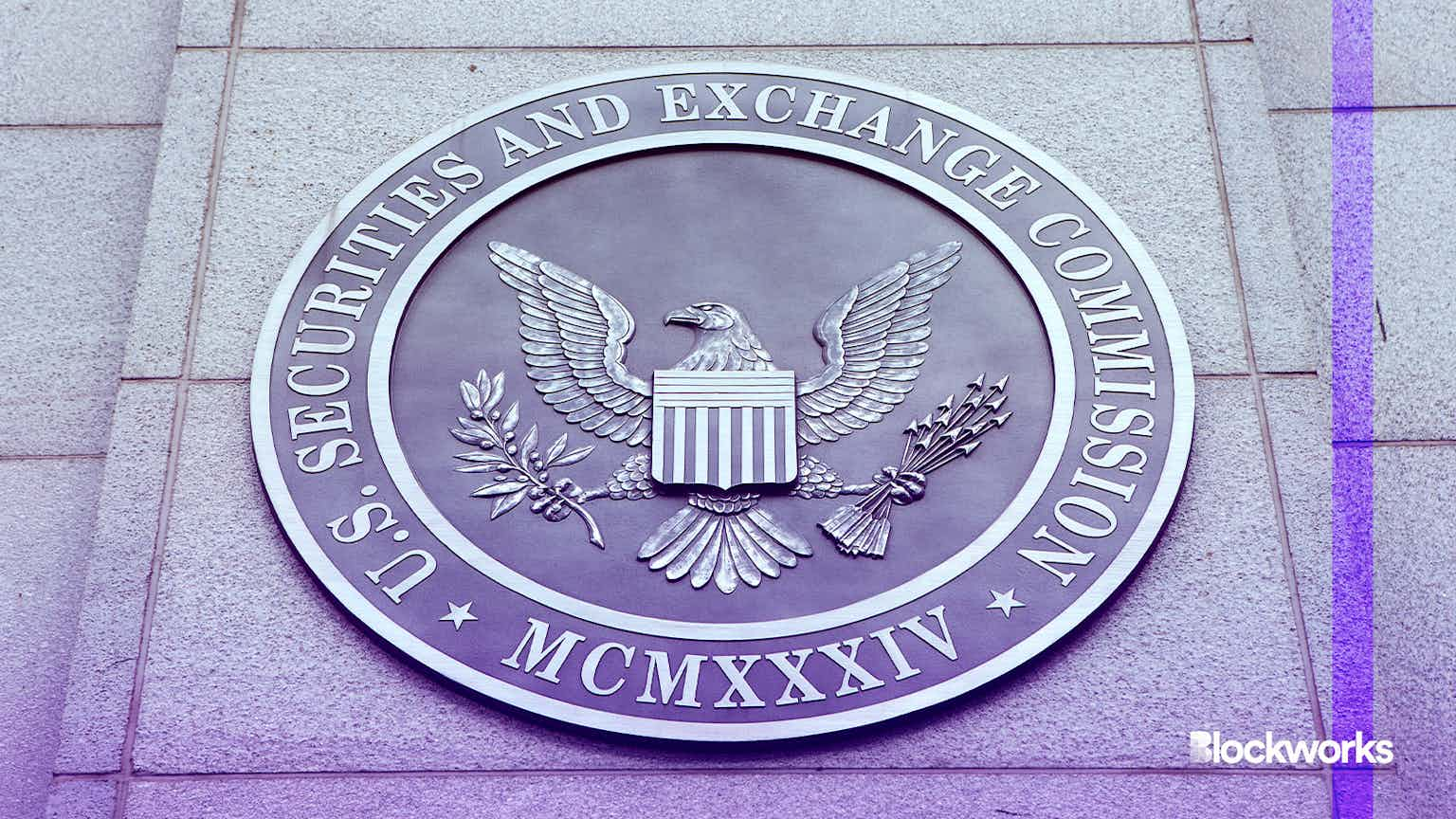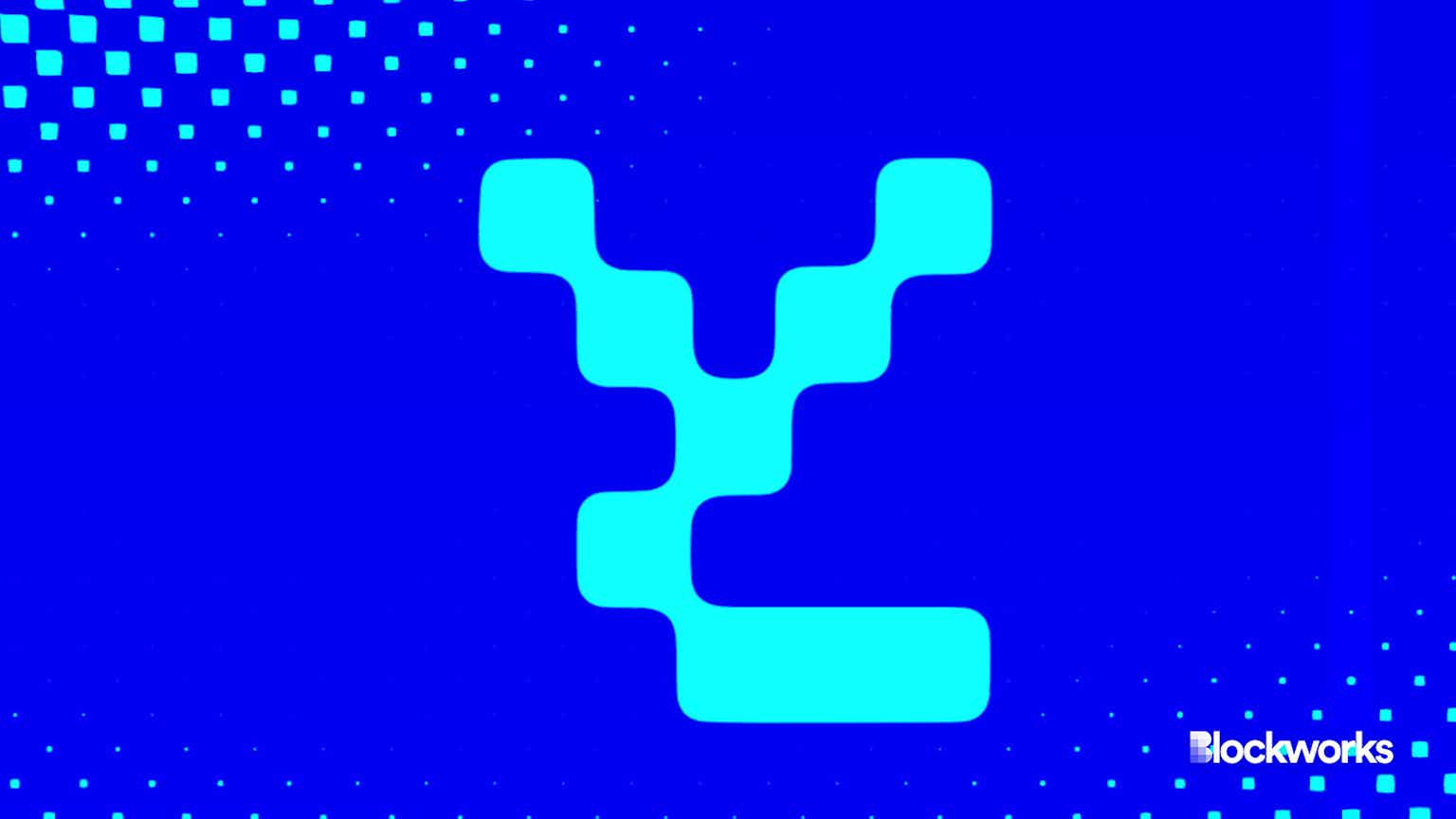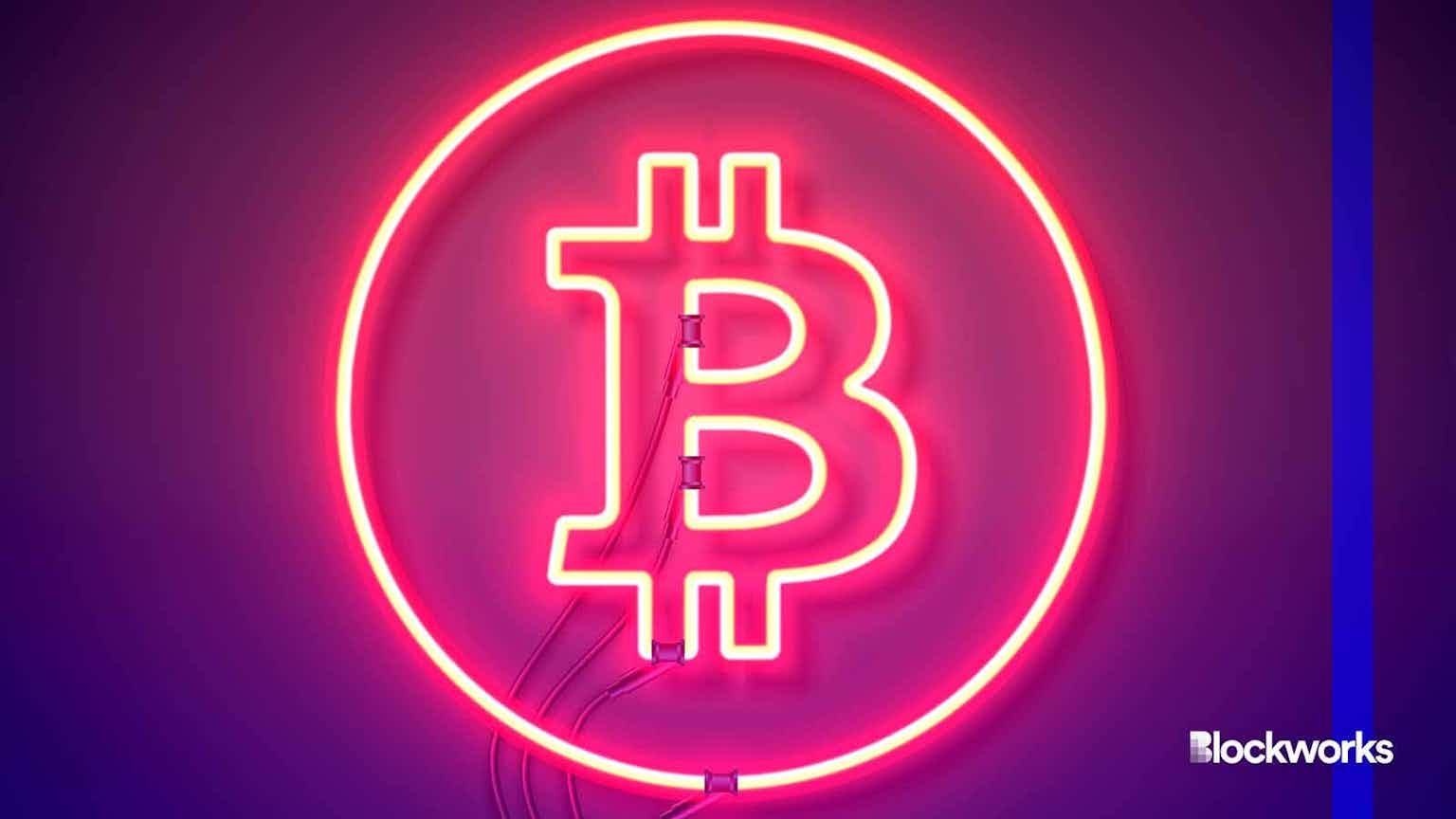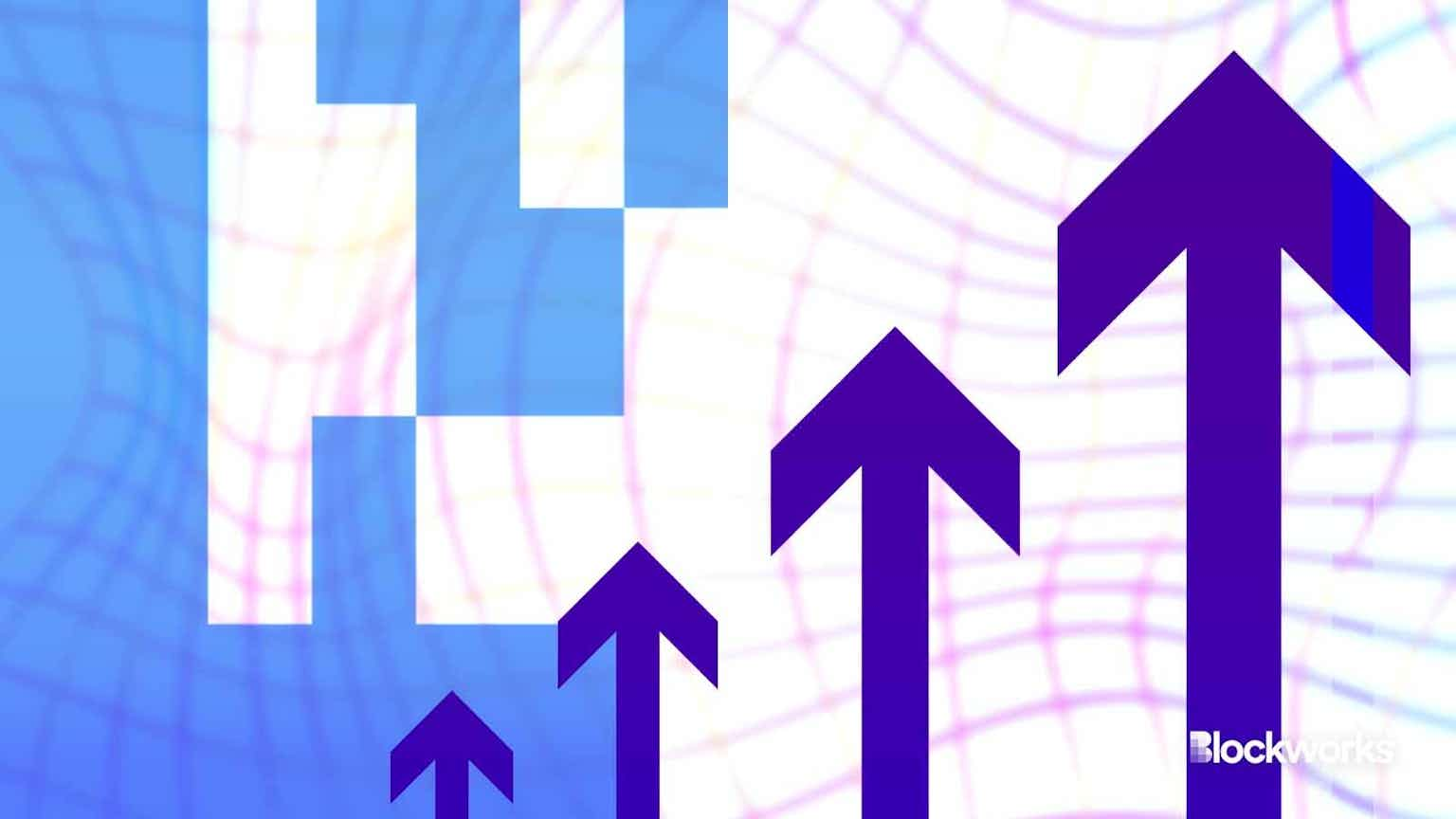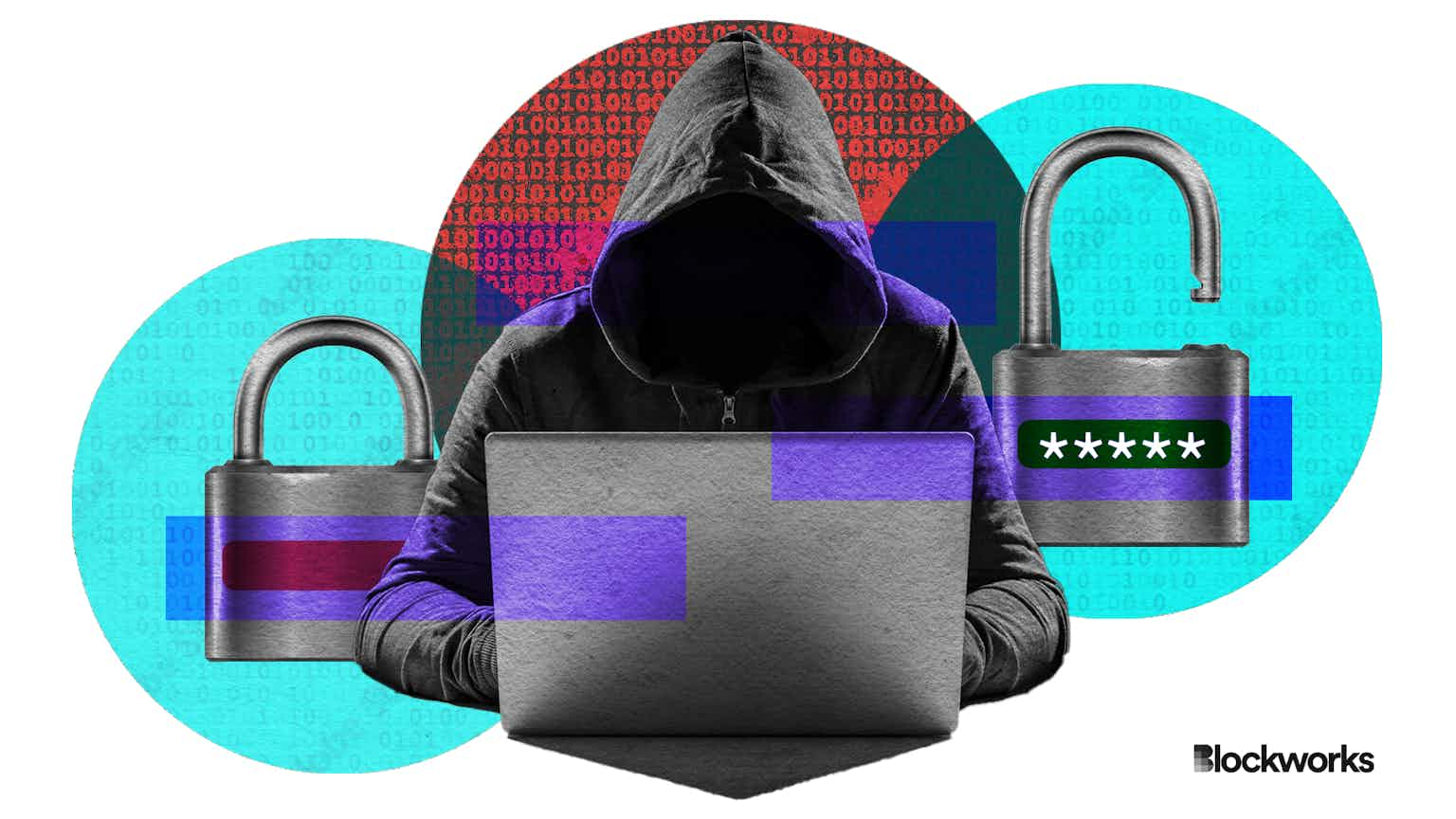Blockchain really is better than middlemen
SWIFT’s forays into blockchain hint that one day the tech can replace intermediaries
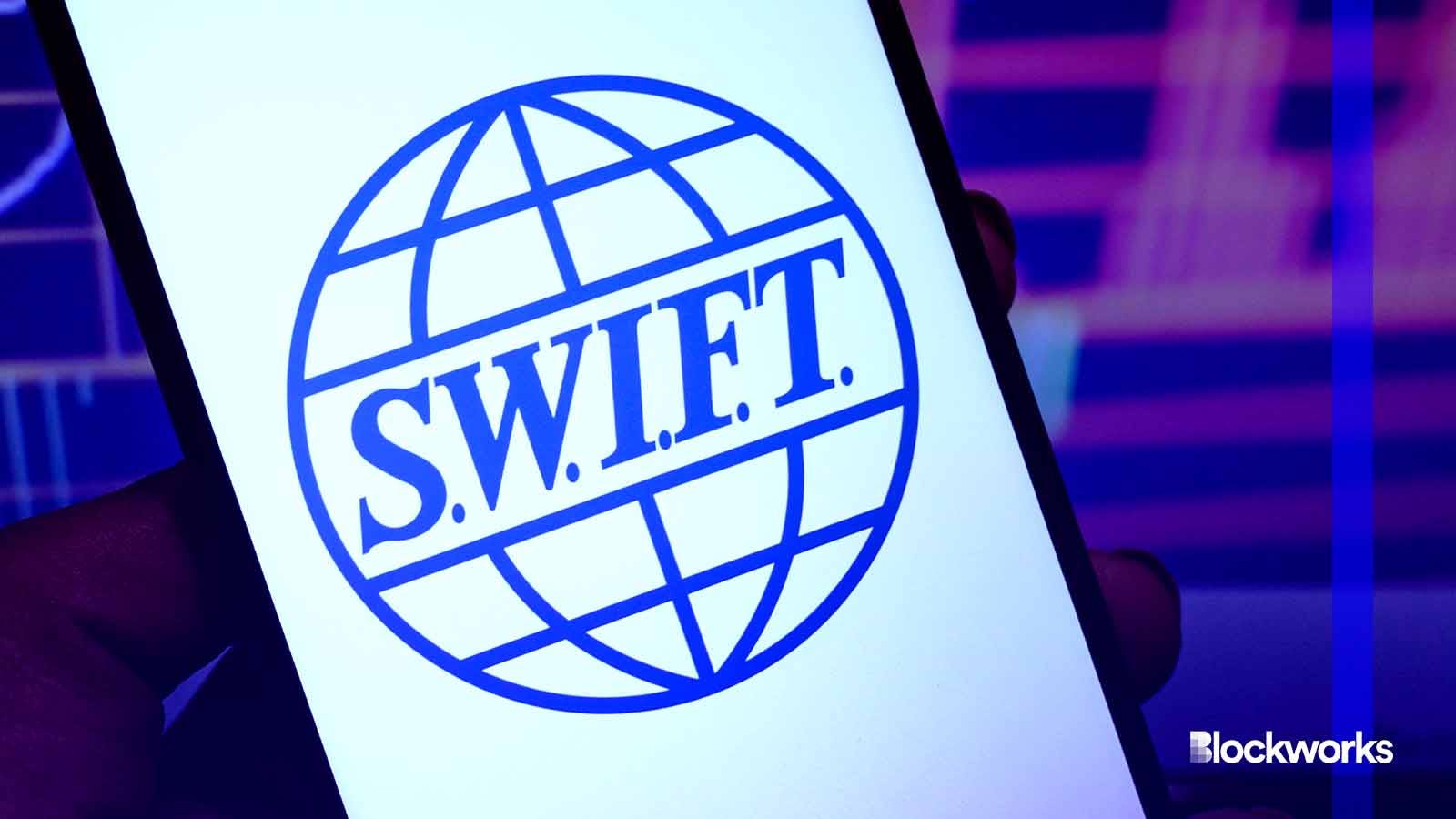
Soumyabrata Roy/Shutterstock modified by Blockworks
The need for an organization connecting all banks is clear in today’s hyper-globalized economy where funds, goods and services are sent across every corner of the globe.
So as globalization expanded, our deeply interconnected and centralized financial system triggered the development of SWIFT (Society for Worldwide Interbank Financial Telecommunication) in 1973, a member-owned messaging network for financial institutions to send secure communications as well as verify and settle inter-bank transactions.
SWIFT connects more than 11 thousand financial institutions across 200 countries and territories — long serving as a unified and stable institution amid a complex and volatile world order.
But recently, the exclusion of many sanctioned Iranian and Russian banks from SWIFT prompted China and other nations to launch competing alternative intermediaries. This has led to the wide-scale rethinking of how to structure international finance.
While barring certain institutions from SWIFT due to connections with state-sponsored violence, terror or other criminal activity is appropriate, fractionalizing centralized entities into siloed, competing groups poses a long-term threat to global finance. Changing attitudes toward centralized finance and innovative fintech applications further undermine the current financial system and highlight its shortcomings.
Meanwhile, the rise of blockchain-based trading solutions has led those in the traditional financial sector to question the role of intermediaries. There is a growing consideration into how this technology can enhance the speed and frequency of interbank transactions.
After all, the primary goal of Bitcoin and the broader crypto movement was to eliminate what seemed to be an unjust financial order. This order, dominated by large banks and financial institutions, wielded censorship and control over the world’s population, particularly in the aftermath of the 2008 financial crisis.
Despite being largely opposed to crypto and blockchain until only a few years ago, financial institutions are now embracing blockchain as a technology, crypto as an investment opportunity and DeFi as a sandbox for innovative financial products.
Read more from our opinion section: Bitcoin ETFs in conservative portfolios is good for crypto — and Wall Street
This recognition of blockchain’s upside showcases its capability and effectiveness at removing the middleman. Further validating this were recent announcements that SWIFT, in collaboration with more than 12 major financial institutions, is experimenting with interoperable on-chain token transfers and tokenization.
Together with SWIFT’s messaging technology, Chainlink’s Cross-Chain Interoperability Protocol (CCIP) and a public Ethereum testnet are facilitating the routing of messages between legacy banking systems. This alone should legitimize the idea that digital assets and blockchains are legitimate infrastructure components that banks should and will adopt.
But it’s not totally clear where this adoption could go from here, as SWIFT’s use of CCIP simply gives an intermediary a new capability in the form of blockchain.
What if we could remove the intermediaries?
It’s widely acknowledged that blockchain technology has the potential to significantly enhance the financial industry’s efficiency by diminishing its reliance on intermediaries. But this current practicality is hindered by the intricate nature of reforming a deeply entrenched, centuries-old system.
Rather than pursuing an immediate overhaul, the emphasis should instead shift towards making gradual strides in reducing dependence on these financial intermediaries. The path to replacing intermediaries with blockchain technology necessitates the development of use cases, along with achieving interoperability among various blockchains and traditional banking systems.
This requires not only demonstrating the blockchain’s technological benefits — notably its security and cost-effectiveness — in an enterprise setting, but also facilitating interoperability between dozens of unconnected blockchain networks. As siloes of data by design, blockchains are unable to share data or transfer assets among each other. Common mechanisms to boost blockchain interoperability including bridges, sidechains and cross-chain platforms all come with their fair share of complexities, security vulnerabilities and potential compliance challenges.
Ensuring limited interoperability and relying on susceptible smart contracts to link diverse blockchain networks pose significant barriers to embracing the technology for financial transactions. The prospect of all financial institutions unanimously adopting the same blockchain network seems unlikely, given the decades-long history of technological infrastructure adoption. Consequently, the necessity for intermediaries, exemplified by the establishment of SWIFT for facilitating cross-bank transactions, becomes evident.
But that means the fintech industry, which sits squarely between the finance and blockchain worlds, must develop solutions and protocols to link these isolated data silos. A SWIFT report from August 2023 stated that “firms prefer to leverage their existing infrastructure, manage implementations and proven business processes to connect to blockchain ledgers, where tokens are recorded in a way that is both compliant and secure.”
Since financial institutions, understandably, don’t want to abandon their existing infrastructure, the key is to integrate new technologies between systems that use various blockchains. Efficient, loosely coupled integrations among entities and the establishment of a “trusted network” to facilitate the secure exchange of value and data can enable institutions to engage in affordable and convenient transfers.
Atomic-swap transactions play a significant role in ensuring that transactions occur smoothly and without errors, especially when dealing with different blockchains and older legacy systems. They help maintain consistency and reliability throughout the transaction lifecycle.
Moreover, they also contribute to enhancing overall asset transfer security, especially against threats like unauthorized access attempts and manipulation of data. They do this by establishing a secure communication network that supports essential operations like authentication and encryption. This means that the information and transactions within the system are better protected from potential risks.
It’s unlikely that SWIFT’s dominance over the transfer of financial information and messages will be broken soon, but its research into interoperable blockchains and tokenization provides major hope toward reducing the inefficiencies caused by intermediaries — such as delays in transactions, additional costs and fees, dependency risks, lack of transparency and compliance challenges. Recognizing SWIFT as a legitimate and necessary financial institution while building the necessary infrastructure to do what it does but more efficiently, affordably and securely provides the best short-term path toward a future free from middlemen.
Regardless of what comes from SWIFT’s experiments with blockchain, institutional adoption of blockchain technology will continue to grow as 97% of institutional investors believe tokenization will revolutionize asset management. Meeting this demand and bridging these two disconnected ecosystems can only be done through interoperability and automation, which can do what intermediaries do but cheaper and faster.
Start your day with top crypto insights from David Canellis and Katherine Ross. Subscribe to the Empire newsletter.
